https://youtu.be/3bJ7RChxMWQ
Machine Learning Explained in 5 Minutes
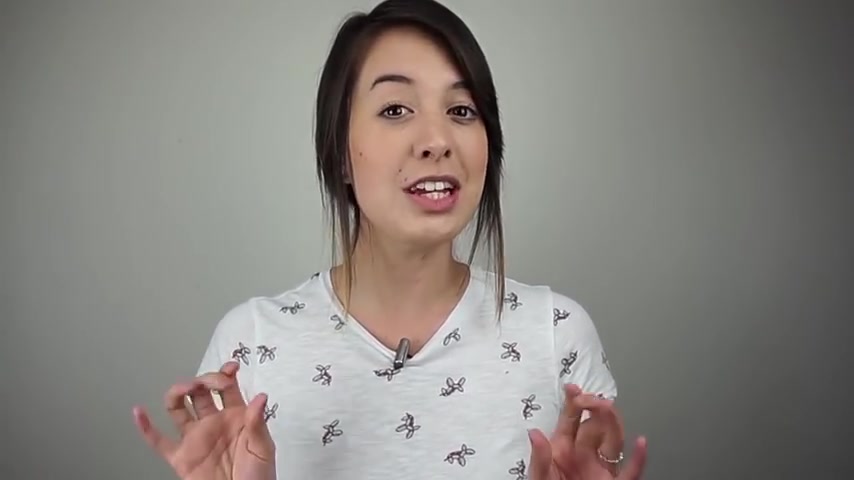
Hey guys , Jade here .
So you've probably heard the words machine learning a lot in the past few years .
And today I just wanted to talk to you about what it actually means .
So a lot of people think that artificial intelligence and machine learning are the same thing , but they're actually not artificial intelligence or A I , as the cool kids say is the entire field dedicated to making machines .
Smart machine learning is a division of A I .
And it's really cool because you don't actually have to program them machine to do what you want .
It improves or learns by repeating the same task over and over again , slightly tweaking the process each time until it's doing exactly what you want .
It's similar to how a person learns from experience .
So to give you an example , imagine your grandpa works at the local grocery store .
His job is to sort the apples from the bananas , but he has a bad back and complains all the time .
So you want to program a machine to do this job for him .
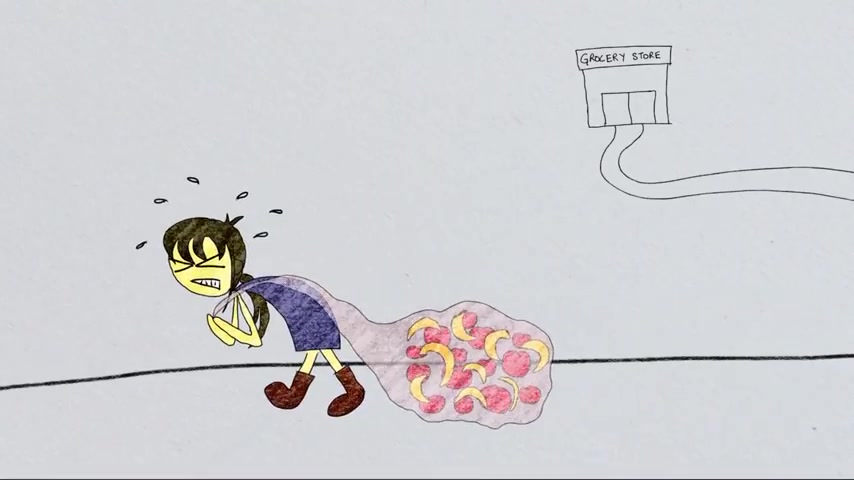
The first thing you do is to find some features it can use to distinguish apples from bananas .
One might be color , the redder , the fruit is the more likely it's an apple , the yellower .
It is , the more likely it's a banana .
This is a pretty good starting point .
But what if we encounter a situation like this ?
Obviously , color isn't enough .
We need another feature .
Another good one might be hardness , the harder the fruit , the more likely it's an apple , the softer , the more likely it's a banana .
We can choose a lot more features , but let's keep it at two to keep things simple .
Now that we've defined some features , we need to collect some data to train our machine .
So you go and get 50 apples and 50 bananas and label each one as item , one item two all the way up to 100 then you measure the color and hardness of each one note down whether it's an apple or a banana and feed your data into the machine .
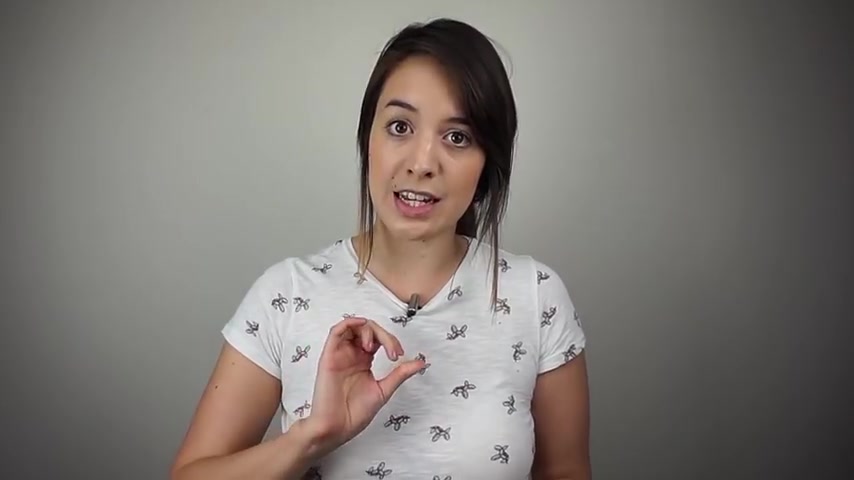
Now it's time to test it out at first .
It kind of sucks .
Even though it's got its two features of color and hardness .
It doesn't know how much importance or as computer scientists say , wait to place on each of them .
The idea of weights in making a decision is probably the most central idea in machine learning .
And it's something we're all familiar with .
Say you're looking for a romantic partner and two things you're looking for are intelligence and a nice smile , but maybe you place more weight on intelligence than you do on a nice smile .
But also if they never smiled , that wouldn't be good either .
So you still place some weight on a nice smile .
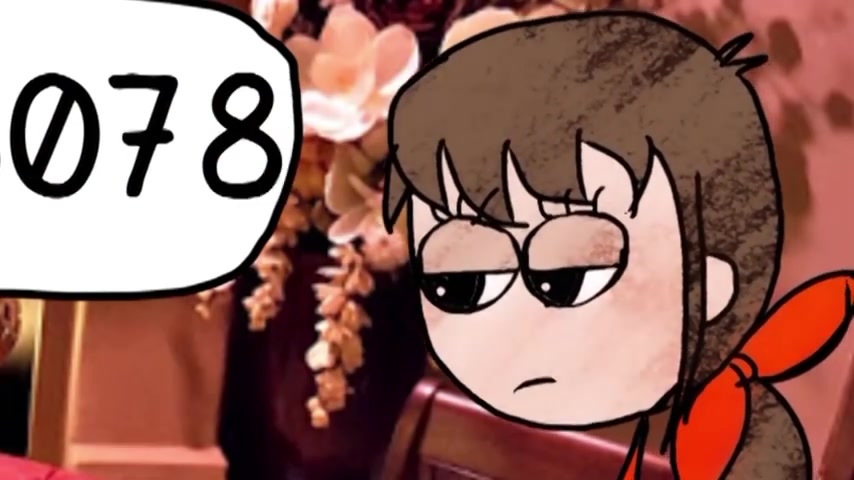
Weights play a huge role in any decision .
That's why when your friend tells you , they found you a good match .
They're usually always wrong .
They may know what features you like , but they don't know the weights .
What separates machine learning from previous forms of artificial intelligence is its ability to figure out these weights .
It does this by comparing its results to the data that you gave it .
At first , your fruit sorting machine distributes the weight randomly .
It starts with item one , which happens to be a very unripe banana , which is of course , much harder than a regular banana .
If it places too much weight on hardness , it'll be like , OK , it's hard .
So it must be an apple .
But by comparing this to the data you gave it on item one , it'll realize it's made a mistake .
It readjusts so that less weight is placed on hardness and more weight is placed on color , but it overshoots .
And when it encounters a yellowish apple , it wrongly classifies it as a banana .
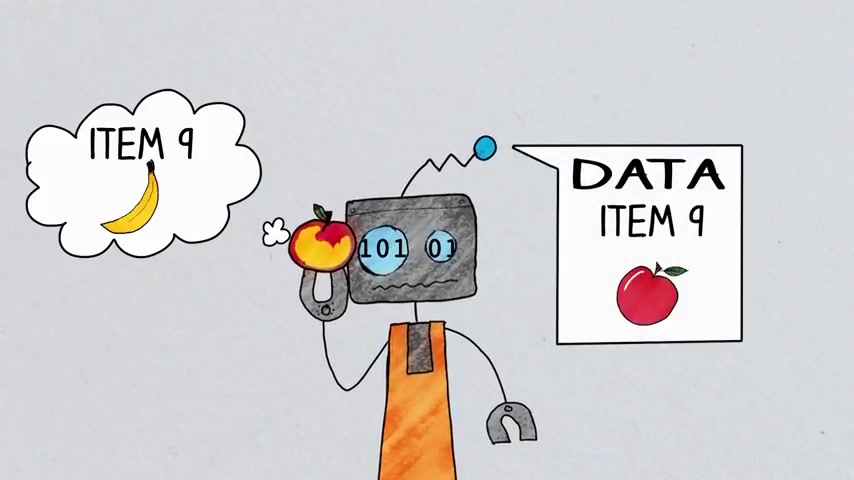
But again , by comparing its results to the data you gave it , it realizes its mistake and readjusts the weights .
Again , it repeats this process of comparing and readjusting until it's barely making any mistakes .
After some time , it's ready to take your grandpa's job at the local market .
This example was a simplified version of what Facebook is doing when it tags you in a photo .
Facebook learns your face by analyzing photos , which it knows are you by measuring the size of your eyes or the length of your nose .
And it uses this data to identify you in the next photo .
Actually , machines are getting pretty good at this in 2015 , a robot beat a human at image recognition for the first time .
And now they're developing robots that can clean your home for you .
How cool is that ?
If you'd like to know more about how this weight adjusting process works , make sure to subscribe to up and atom .
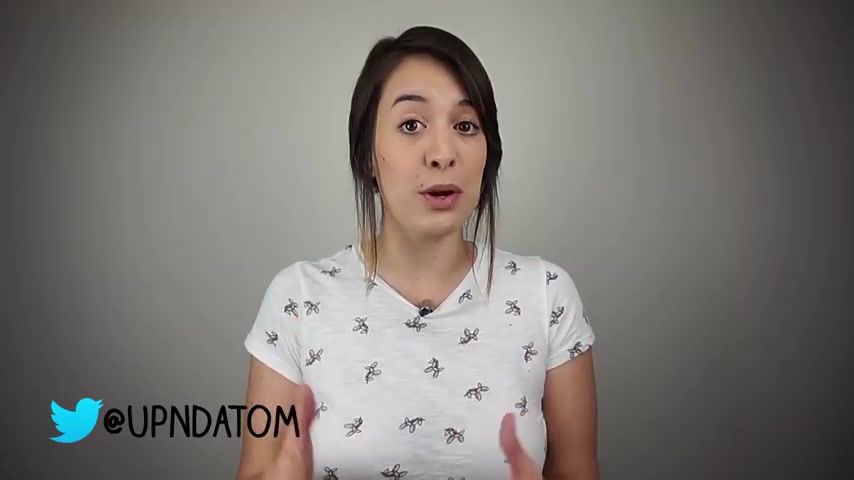
So you don't miss my next video on neural networks , which is really where all the magic happens .
So yeah , um until next time .
Have a good day .
Are you looking for a way to reach a wider audience and get more views on your videos?
Our innovative video to text transcribing service can help you do just that.
We provide accurate transcriptions of your videos along with visual content that will help you attract new viewers and keep them engaged. Plus, our data analytics and ad campaign tools can help you monetize your content and maximize your revenue.
Let's partner up and take your video content to the next level!
Contact us today to learn more.